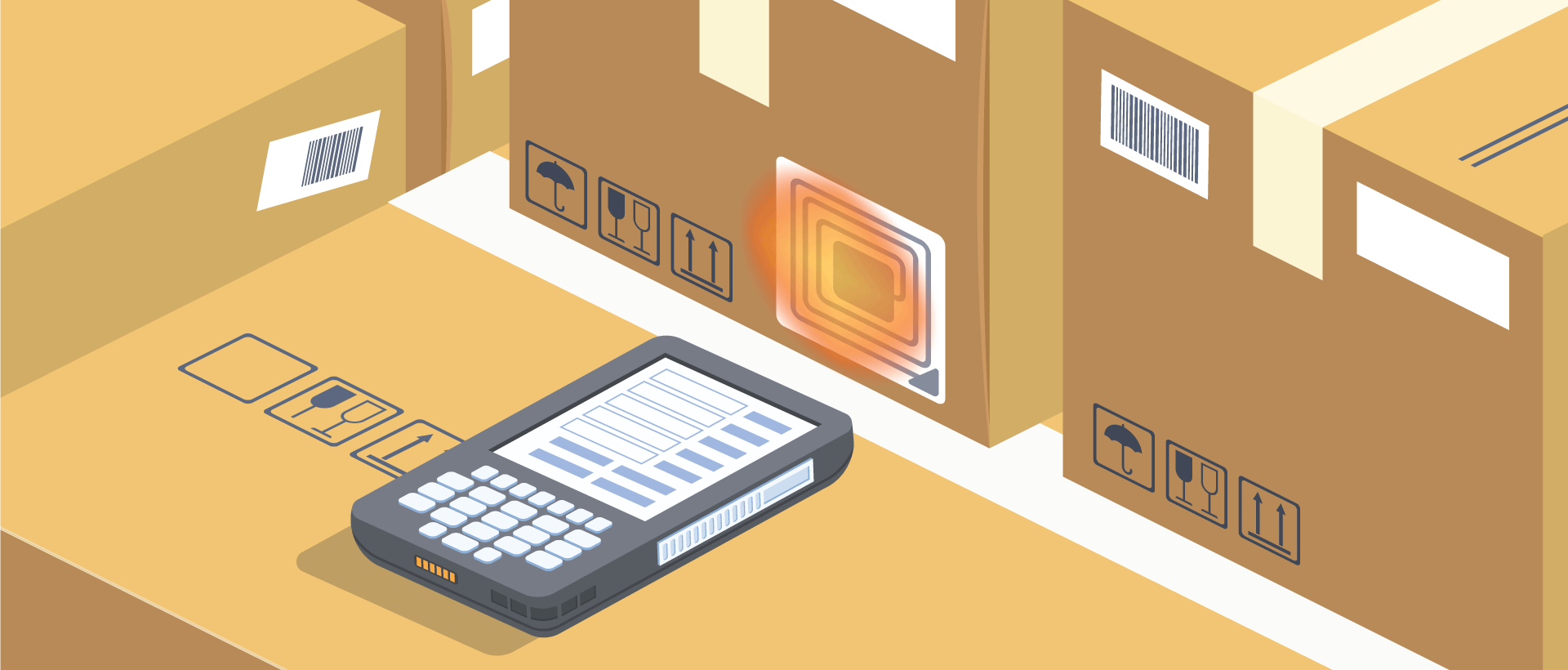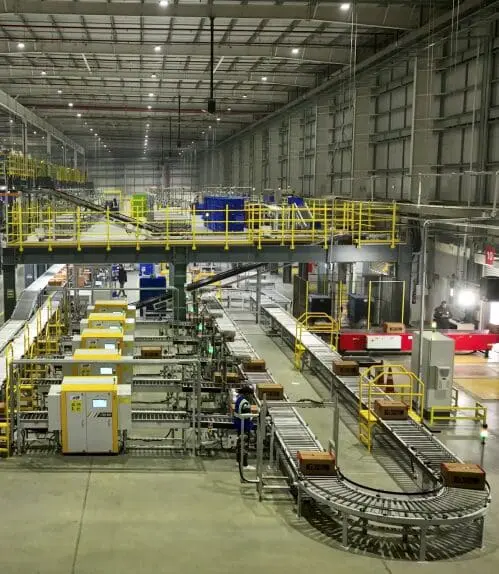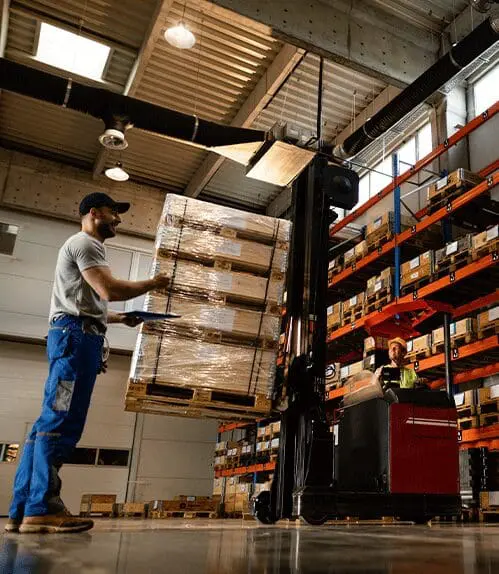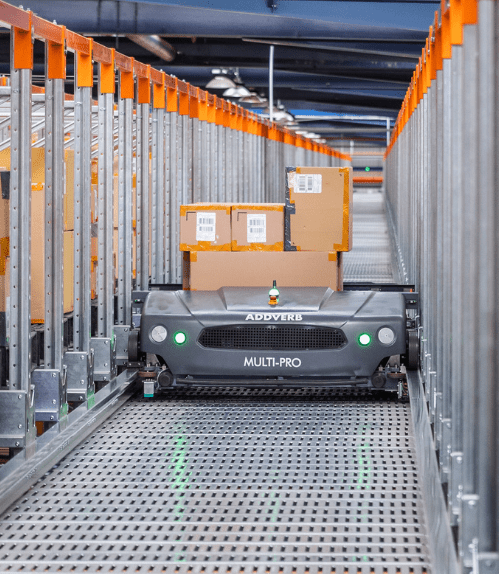Paytm tied up with NHAI to make the highway tolls cashless, this news went unnoticed until November 8th, when demonetization was announced. Though people were given exemption from tolls for some time, the cashless payment at Tolls got a boost. The underlying technology which facilitates this cashless operation on tolls is Radio Frequency Identification popularly called “RFID”. RFID tags have hit their tipping point and have found wide-spread applications in retail, inventory management, tracking assets and as we discussed above to facilitate cashless payments. The RFID market worldwide is estimated to be at a whopping 10 billion dollars and is expected to reach 20 Billion dollars by 2025.
RFID which traces its root back to World War has been used extensively in the first half of this decade. RFID typically comprises a reader (scanner) and an electronic tag. The reader communicates with the electronic tag by sending a signal. Each tag responds with unique information stored in it. These tags can either be Active or Passive. Active tags are equipped with a battery that allows them to transmit the signal over a long distance approximately 100m while passive tags use the electromagnetic energy of the reader (or scanner) to transmit the signal back resulting in an application for short distances like 20m. The range of the RFID tags varies with the frequency at which they are operating. When frequencies increase the range also increases.
The proof of the pudding is in eating, passive tags have huge potential to disrupt the entire manufacturing process. The ability to store information in RFID tags can change the traditional process of production. Usually, the instructions are passed out manually in a production process and thus necessitate cumbersome process checks and slow down the speed of production also hampering the flexibility. RFID tags can have pre-programmed information about the product and the process. This shall enable the tags to give commands to various elements of production with the help of a reader which shall communicate with the machines, thus eliminating cumbersome process instructions. This shall enable mass customization of products during manufacturing. The use of RFID shall also reduce manufacturing defects and lead to better reliability of the process. Scale and reliability along with flexibility is a dream combination for any manufacturing process and RFID technology seems to provide them.






